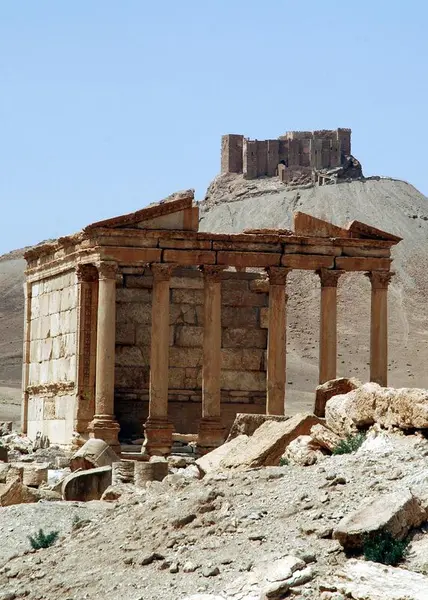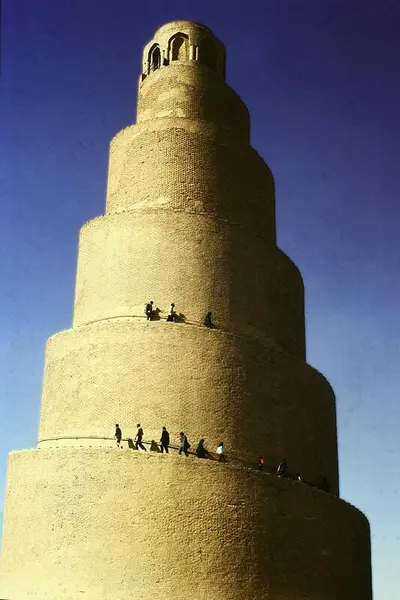- 1/1
In the exhibition "Our common World Heritage" a selection of the World Heritage Sites that are connected to the Røros region through immigration are presented. Rørosmuseet
The Convention for the Protection of the World’s Natural and Cultural Heritage states that we all share a common heritage – a World Heritage. Some parts of this heritage are so unique that they require special protection and are added to the World’s Natural and Cultural Heritage List. Such heritage can be found in just about every country of the world. When a site is added to the list, the country in question is duty-bound to take care of it on behalf of all nations across cultural divides.
We should be proud of our local World Heritage. We must, however, never forget that we are managing it for all of humanity. Similarly, World Heritage in other places of the world are part of our heritage.
In this exhibition immigrants to Norway and youth from a local school have assisted us in presenting a selection of World Heritage sites from around the world. All connected to the Røros area through immigration.
- 1/1
From the ruins of Palmyra in Syria. James Gordon
How does a site achieve World Heritage status?
In order for UNESCO to add a cultural or natural site to the World’s Natural and Cultural Heritage List, a committee made up of 22 member states must determine that the area or object possesses outstanding universal value for humanity. The site must be as complete as possible and as original or authentic as possible. Any country applying for World Heritage status for one of its sites, must also be able to demonstrate that it is capable of looking after its heritage; this includes that the proposed World Heritage status has the support of the local community.
To be included on the World Heritage List, sites must be of outstanding universal value and meet at least one out of ten selection criteria.
- 1/1
The Malwiya minaret in Samarra, Iraq. J. Merena
World Heritage in Danger
If a World Heritage site or object becomes threatened, due to war, environmental disasters or other external influences, UNESCO will add the site to the List of World Heritage in Danger.
World Heritage sites should be unique and, therefore, irreplaceable, but for these very reasons they also become targets for destruction during conflicts. This is the reason that all the World Heritage sites in countries like Syria and Yemen are on the List of World Heritage in Danger.
UNESCO was founded in the aftermath of the Second World War with the objective of creating peace between nations in the future through cultural and scientific unity. This remains as important now as it was then.
The List of World Heritage in Danger is designed to inform the international community of conditions which threaten the very characteristics for which a property was inscribed on the World Heritage List, and to encourage corrective action.


